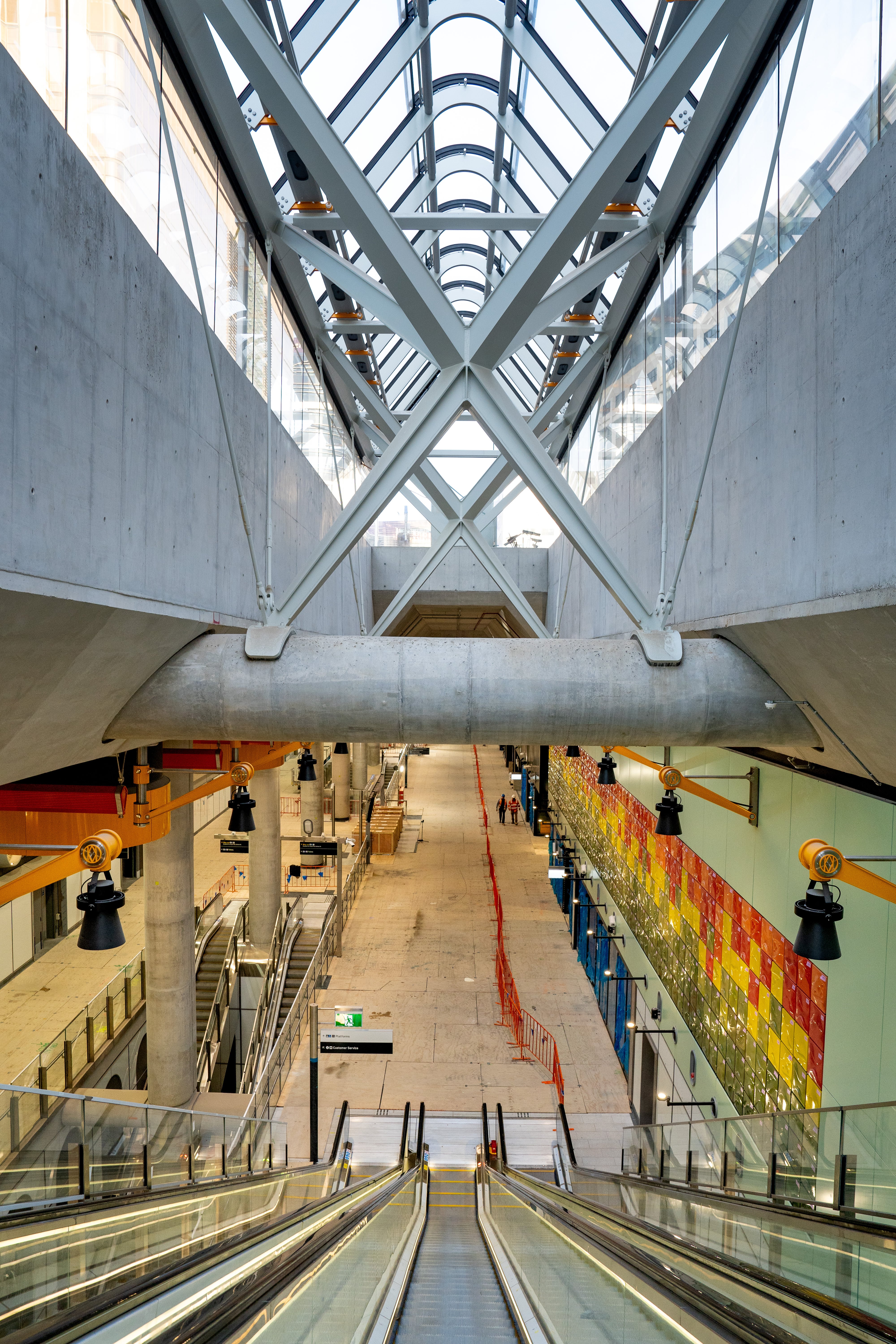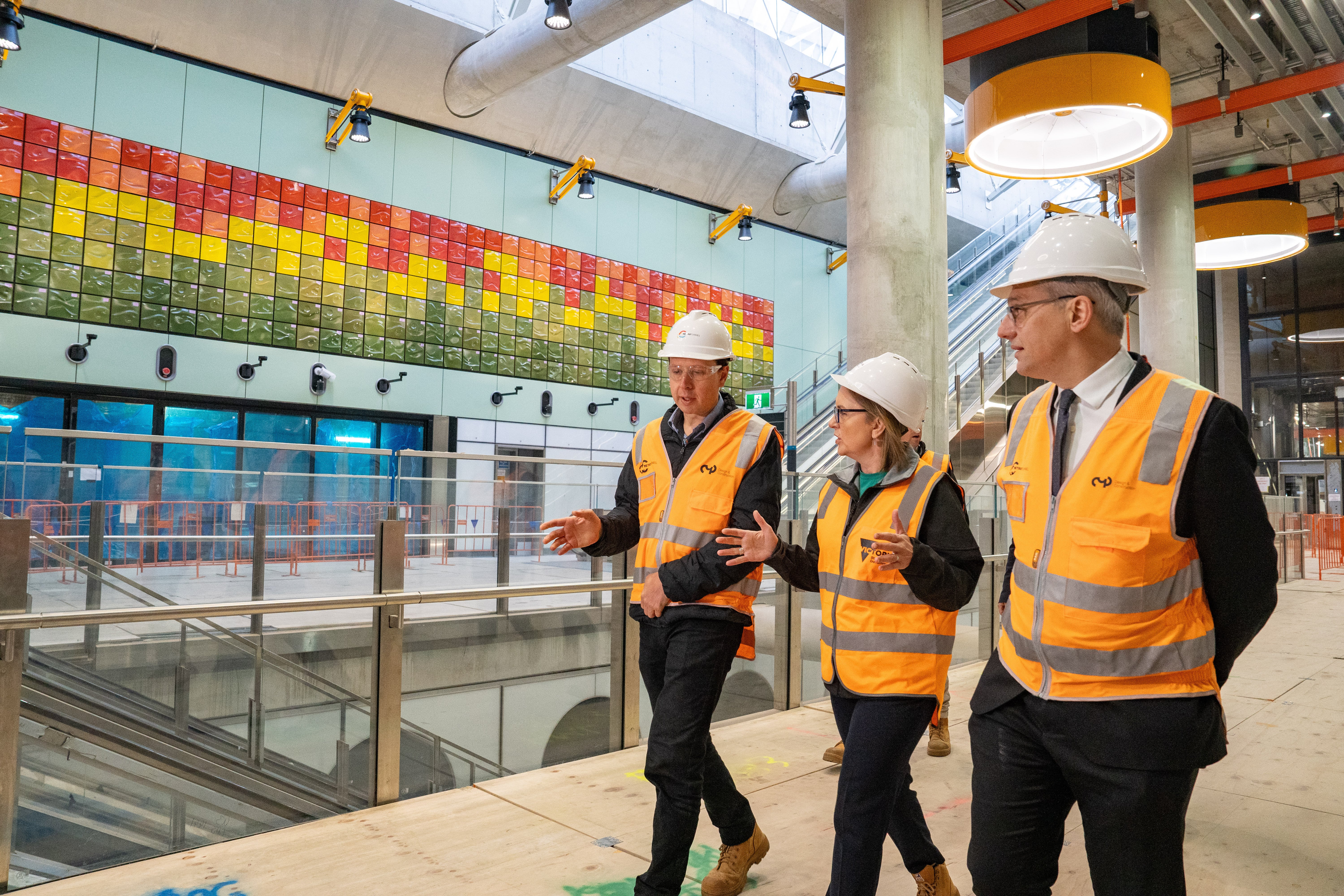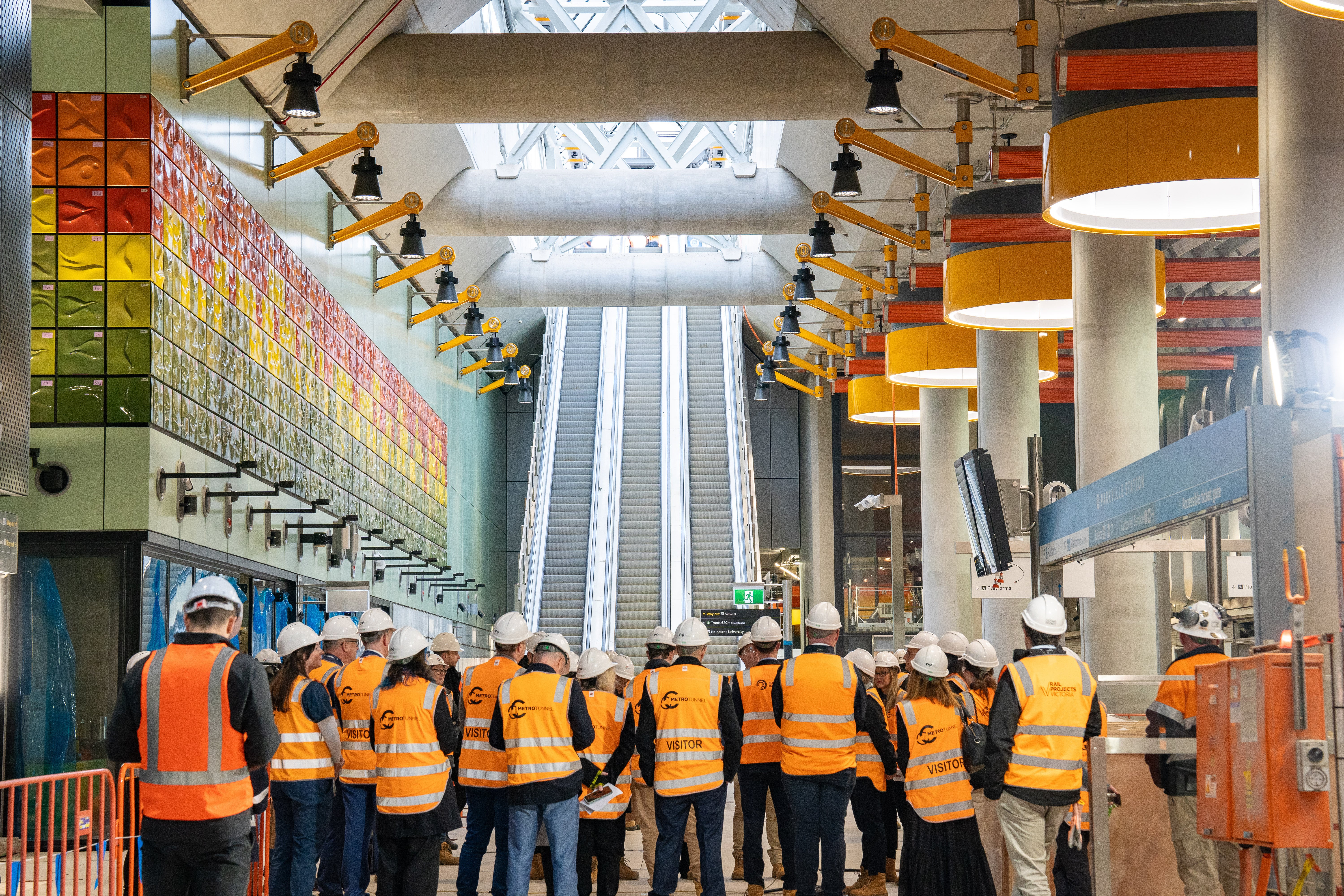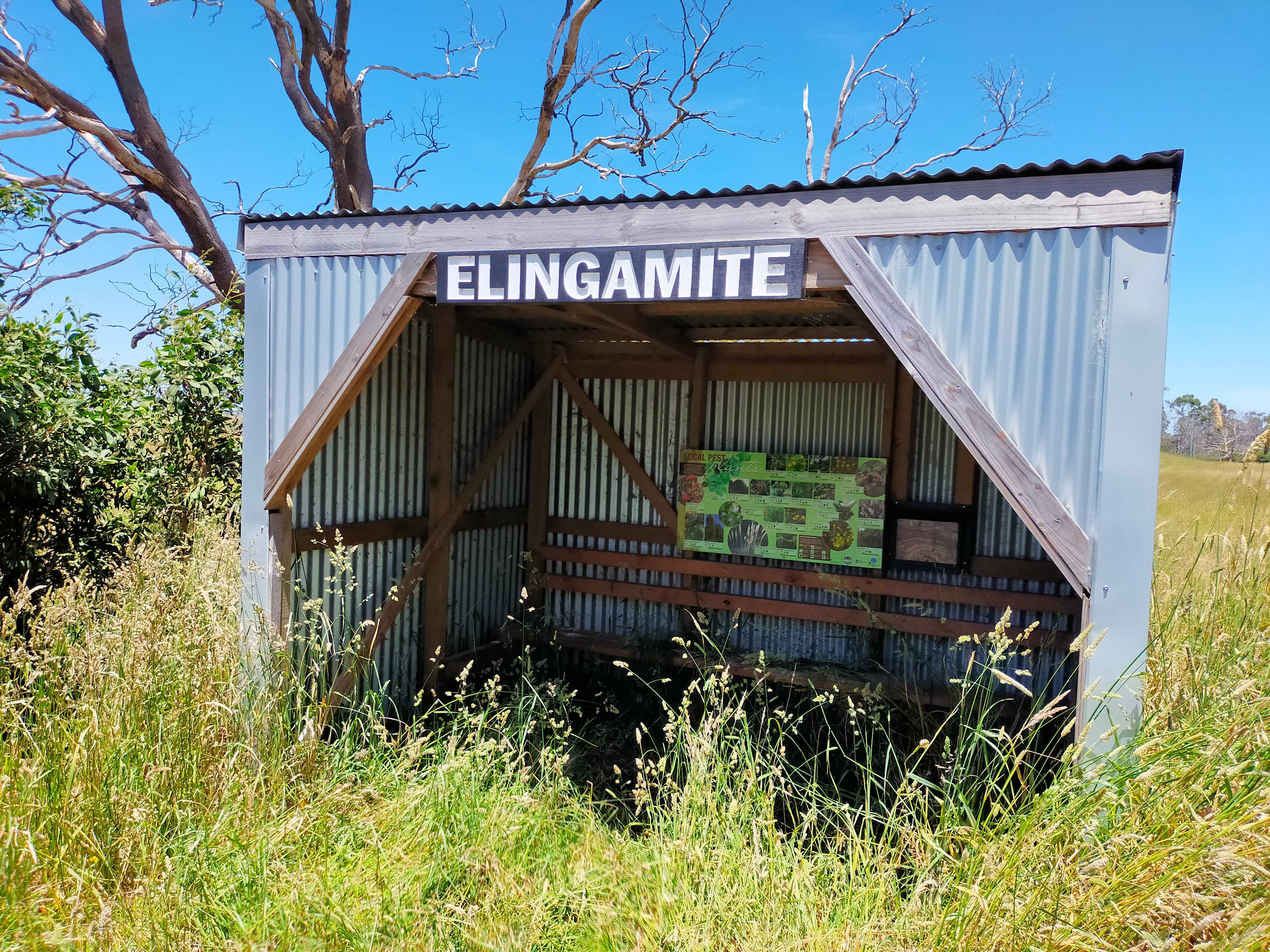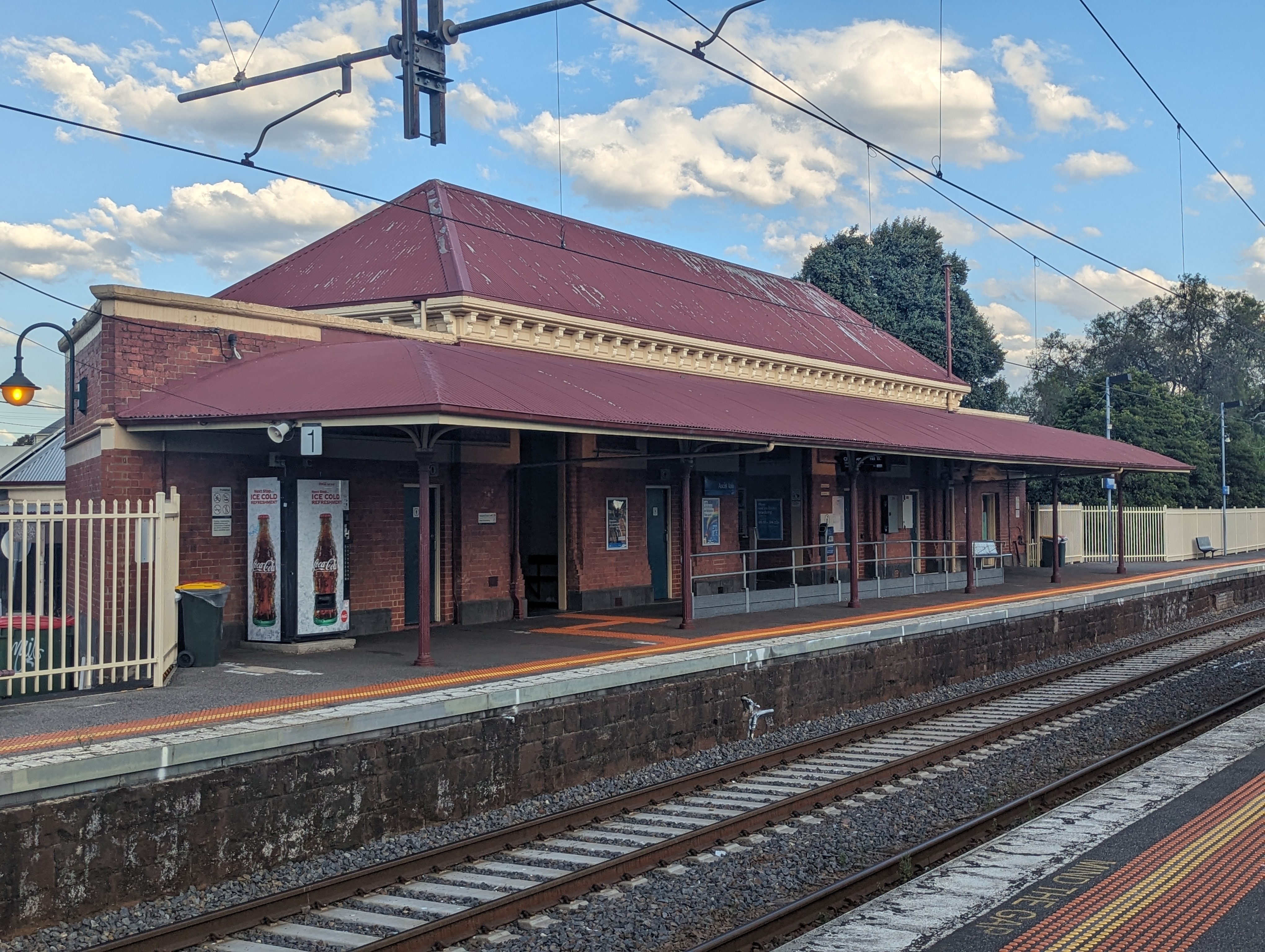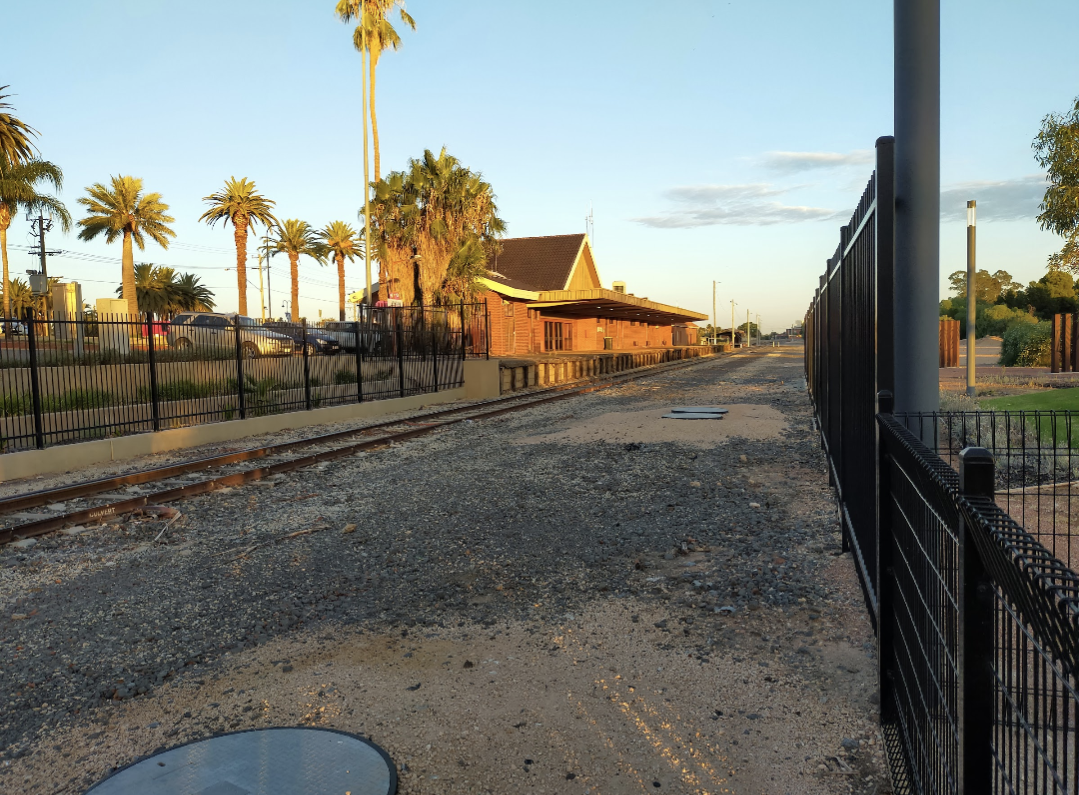Article text (via 12ft.io):
A landowner is fighting to have a proposed train line that cuts through his property removed so that he can subdivide and sell the land, in a dispute that Victorian transport authorities fear could kill plans to connect fast-growing suburbs in Melbourne’s north to the city’s rail network.
The corridor runs from Lalor to the booming fringe suburbs of Epping North and Wollert, and was conceived more than 20 years ago when the area was first opened up for housing, though it has never progressed beyond the concept phase.
Property developers George and Frosa Adams own industrial land in Epping North and are fighting in the Victorian Civil and Administrative Tribunal to have reference to the public transport corridor removed from development plans so that the land can be subdivided into eight lots and sold.
The part of the corridor that runs through their property has never been placed under a public acquisition overlay and the pair argued at the tribunal that the state has failed to progress the rail proposal for 24 years and should no longer stand in the way of their plans to sell the land.
The state was warned in two separate expert planning panel reports, in 2001 and 2013, that any failure to apply a public acquisition overlay to the corridor could expose the project to problems, including a lack of “statutory teeth” to secure the alignment.
“It is unreasonable to expect affected landowners to have a rail line shown on the plan, but to wait indefinitely for the land to be purchased,” one panel warned.
Adams’ legal counsel, Emily Porter, SC, said her client had been forced to put plans for the disputed land on hold for several years and “wants to move on in life”.
The Wollert rail link was first conceived in plans in 2001, but has been passed over in favour of other extensions such as Mernda rail.
Two years ago, the Albanese government committed $250,000 to a feasibility study for the corridor, on the condition that the state Labor government match the funding.
“Twenty-four years down the track, we still don’t know if this is even a feasible idea: train, tram or bus … whatever this project is ultimately going to be, it has less certainty than even the Airport Rail Link, which has recently been delayed by another four years,” Porter argued.
She said subdividing the land for industrial development today would not stop construction of a rail line in the future “if the corridor ever comes to fruition”.
The Adams’ bid is being opposed by the City of Whittlesea, which has lobbied for years for the rail line’s construction, and the government department, Transport for Victoria.
The suburbs of Epping North and Wollert are projected to grow in population to about 95,000 people by 2041 – roughly double their current number – but public transport in the urban growth corridor is limited to local buses
Maddocks partner Terry Montebello, acting for the City of Whittlesea, told the tribunal that “every plan that has been approved, bar none, has shown the transport corridor”.
“All of the planning that has been occurring in Melbourne, at least in this northern corridor, all the way up to Wallan, has been consistent,” Montebello said.
He said it would be unacceptable to sell off any part of the corridor today, no matter how small because doing so would compromise the entire project.
“It’s a reminder to stick to the course. Avoid compromising long-term strategic approaches to the allocation of land through incremental decision-making,” he said.
Barnaby Chessell, SC, representing Transport for Victoria, likened the would-be removal to cutting a link from a chain.
Although the state government had not committed to building a rail extension to Wollert, the corridor had been set aside in strategic plans and should be protected from incompatible development, Chessell said.
“It’s the potential of the land that warrants it being set aside in the way that it presently is set aside within this development plan,” he said.
Attempts to contact the Adams were unsuccessful. George Adams is best known for paying $8.5 million for a Hamilton Island holiday house built by the late Beatles guitarist, George Harrison, and successfully fighting in the Queensland Supreme Court for the right to renovate it.
Retiree Tony Francis moved into the Aurora estate in Epping North in its first phase of development in the 2000s, and has campaigned for years for the Wollert rail link.
He believes the state government has never shown any sincere interest in the project, even though the line was a feature of the earliest published plans for Aurora.
“The need for a rail line extension to Wollert is much greater than ever before even though the likelihood of it happening is now more distant than ever,” Francis said.
